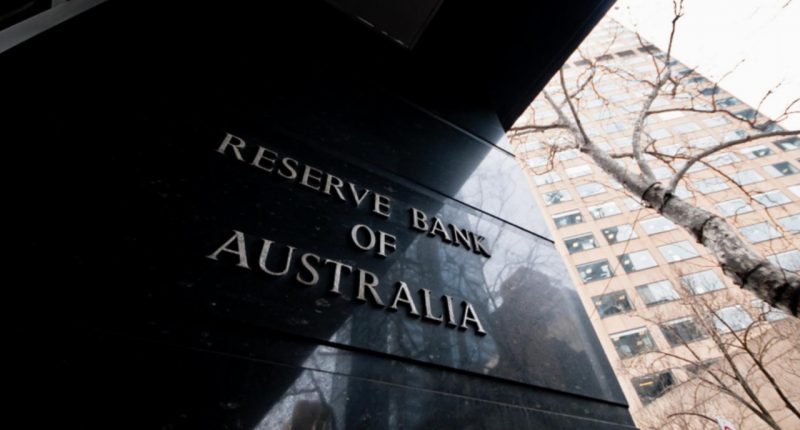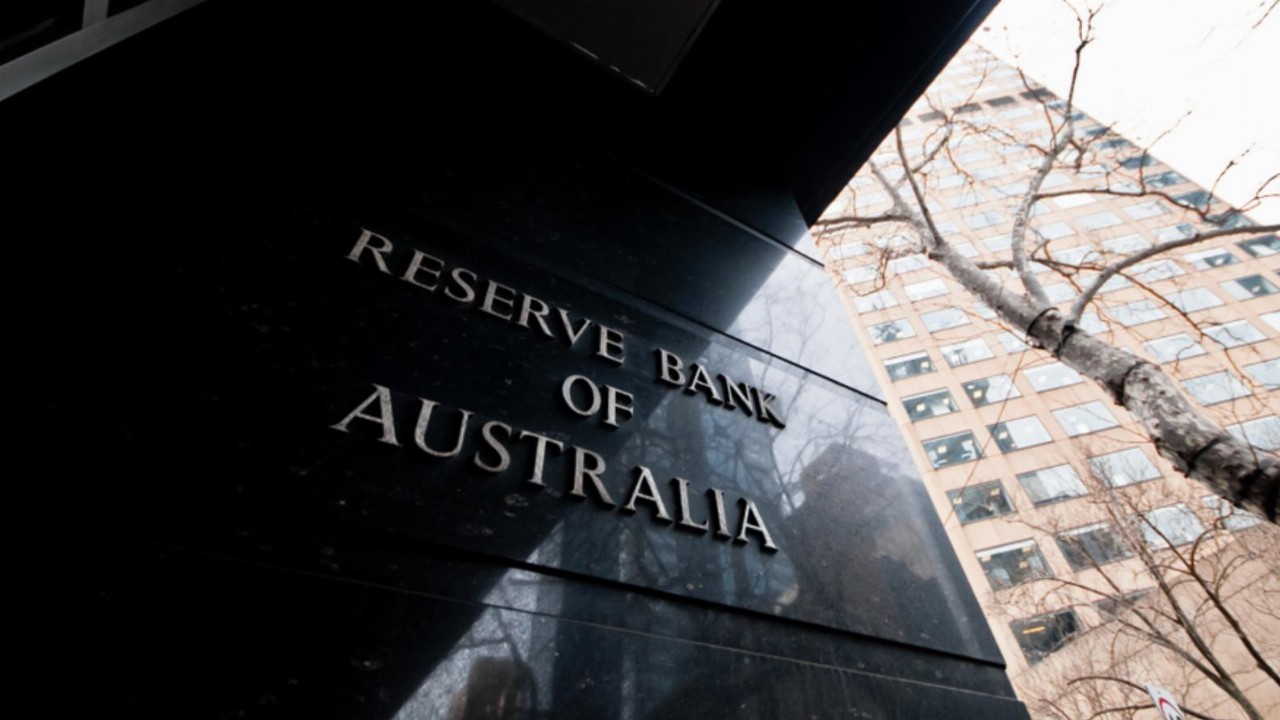- The Reserve Bank of Australia (RBA) holds the cash rate target at 0.1 percent while dropping the 0.1 percent target yield for the April 2024 Australian Government bond
- The stimulus entailed the RBA purchasing billions of dollars of three-year Australian government bonds in order to artificially reduce the yield to 0.1 per cent
- The central bank says that it will continue to buy government assets at a rate of $4 billion per week until at least mid-February 2022
- While inflation has picked up, the bank says the increase is still low in underlying terms at 2.1 per cent, just edging into the bank’s two to three per cent target range
The Reserve Bank of Australia (RBA) has kept the cash rate target at 0.1 per cent while discontinuing the 0.1 per cent target yield for the April 2024 Australian Government bond.
It also hinted at a potential earlier-than-expected rate hike.
The RBA has previously stated that it would not be able to increase rates until underlying inflation is sustainably in the two to three per cent range, a target RBA forecasted not to occur until at least 2024.
The central bank now forecasts that underlying inflation to be around 2.25 per cent over 2021 and 2022, and 2.5 per cent in 2023.
In today’s monetary policy decision, the central bank also announced it will continue to purchase government securities at the rate of $4 billion a week until at least mid-February 2022.
“The decision to discontinue the yield target reflects the improvement in the economy and the earlier-than-expected progress towards the inflation target,” RBA governor Phillip Lowe said
“Given that other market interest rates have moved in response to the increased likelihood of higher inflation and lower unemployment, the effectiveness of the yield target in holding down the general structure of interest rates in Australia has diminished.”
The stimulus entailed the RBA purchasing billions of dollars of three-year Australian government bonds in order to artificially reduce the yield to 0.1 per cent.
Mr Lowe said the Australian economy is recovering after the Delta-induced interruption, with the RBA forecasting a three per cent growth in GDP over the year, and 5.5 per cent and 2.25 per cent over the following two years, respectively.
While the Delta outbreak caused hours worked in Australia to plummet, a bounce-back is now underway, according to the RBA.
“The central forecast is for the unemployment rate to trend lower over the next couple of years, reaching 4.5 per cent at the end of 2022 and four per cent at the end of 2023,” Mr Lowe said.
While inflation has picked up, leading to renewed speculation of sooner than expected rate hikes, the bank said the increase is still low in underlying terms at 2.1 per cent, just edging into the bank’s two to three per cent target range.
“The central forecast is for underlying inflation of around 2.25 per cent over 2021 and 2022 and 2.5 per cent over 2023,” Mr Lowe said.
“Inflation pressures are also less than they are in many other countries, not least because of the only modest wages growth in Australia.”
As the labour market tightens, wage growth is predicted to ramp up gradually, with the Wage Price Index expected to rise by 2.5 per cent in 2022 and three per cent in 2023.
“The Board will not increase the cash rate until actual inflation is sustainably within the two to three per cent target range,” Mr Lowe said.
“The Board is prepared to be patient, with the central forecast being for underlying inflation to be no higher than 2.5 per cent at the end of 2023 and for only a gradual increase in wages growth.”
Corinna Economic Advisory founder Saul Eslaake said he will take at face value the RBA’s commitment not to start raising rates until wage inflation and price inflation is “sustainably” in the RBA’s target range.
“Where I differ from the RBA is in thinking that those criteria will be satisfied sometime in the first half of 2023, rather than in 2024,” he said.







